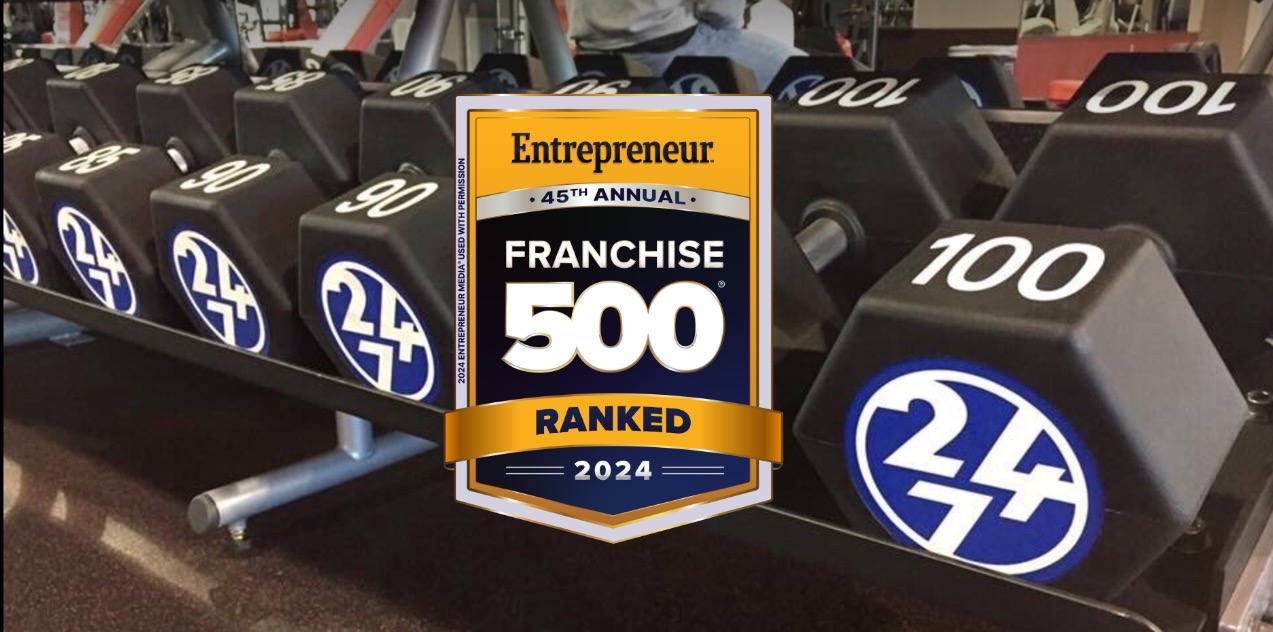Are you thinking about starting your own gym? If so, the first thing you have probably wondered is “How much does it cost to start a gym?” There are many factors that go into the cost of starting a gym, here, we take a look at a few of those components. We will also provide some tips on how to keep your costs of opening a gym as low as possible. So, if you’re ready to take the plunge into the world of fitness entrepreneurship, read on!
1. Leasing or purchasing cost
One of the biggest expenses is the cost of leasing your gym space or purchasing land or a shopping center for development. The price per square foot of commercial real estate varies widely depending on the location, size, and amenities of the property. For example, a small footprint in a secondary market may cost less than a large “big box” fitness center located in a major city.
Another factor to consider is whether to purchase or lease the property. Leasing may offer more flexibility in terms of length of commitment and renewability, but purchasing could provide significant tax breaks and long-term stability. Ultimately, the decision of whether to lease or purchase should be based on a careful analysis of the costs and benefits of each option. At Workout Anytime, our franchise team works diligently with franchise owners to conduct research and explore the best real estate options for you.
2. Initial equipment and build-out costs
Start-up costs for a new gym can be divided into two main categories:
- Equipment
- Build-out costs
Typically, a franchisee will lease their equipment for five years with a $1.00 by-back or secure a loan with a lender. Workout Anytime has preferred lenders that we can recommend, or, if a franchisee has a relationship with a lender, they can go that route.
The buildout costs vary by size and location of the gym. When we are working with the landlord on negotiating the space, we typically receive free rent for several months and tenant improvement money, which is money provided by the landlord to help offset the cost of construction.
3. Operational costs
When operating a gym, other cost factors will be operational expenses. This includes utilities, insurance, and staffing.
Utilities for a Workout Anytime are nominal because the gym size averages 8,000 square feet and does not have a swimming pool, hot tub and other expensive amenities. Insurance is another important consideration, as it protects the gym from liability in case of an accident. Moreover, staffing costs can vary depending on the number of employees and the type of services offered. At Workout Anytime, typical staffing is 3-4 employees and staff is not present 24/7, only during staffed hours.
4. Marketing and advertising
Marketing and advertising are essential for any business, but they are especially important for a new gym. After all, without customers, a gym is nothing more than an empty room full of exercise equipment. To generate interest in the new gym, owners will need to invest in marketing and advertising. This can include everything from sponsoring local athletic teams, billboards, online ads and social media campaigns.
Of course, all of this costs money, so it’s essential to do some careful planning before launching a marketing and advertising blitz. By taking the time to develop a well-rounded marketing plan, gym owners can ensure that their advertising budget is being used as effectively as possible.
Name recognition is very important when starting a gym. That is part of the reason our Workout Anytime franchise owners make the decision to invest in a Workout Anytime gym franchise rather than starting a private gym from the ground up. For over 22 years, Workout Anytime has not only thrived, but developed a proven marketing strategy giving new gym owners an advantage from the moment they open their doors.
Tips to keep your costs as low as possible
Now that we’ve discussed some of the major cost factors associated with starting a gym, let’s take a look at some tips for keeping your costs as low as possible.
- Try to find a space that doesn’t require major renovations. This will save you both time and money.
- Consider renting a second generation space in an existing shopping center rather than building from the ground up.
- Implement a regular maintenance program to extend the life of your equipment.
- Take advantage of free or low-cost marketing strategies, such as referral programs, social media and word-of-mouth advertising.
- Staff your gym with certified trainers who are are cross trained to help with all aspects of the operations. This will help you keep staffing costs down while still providing your customers with the high-quality service they expect.
- Carefully manage your expenses and always look for ways to reduce costs.
By following these tips, you can minimize start-up costs and give your gym the best chance for success. If you are still unsure about starting a gym, consider the less–risky move of becoming a gym franchise owner. If you have questions or would like to learn more about the cost of starting a gym, visit our Workout Anytime website and request a demo. We would be happy to discuss opportunities for becoming a Workout Anytime franchise owner with you.

